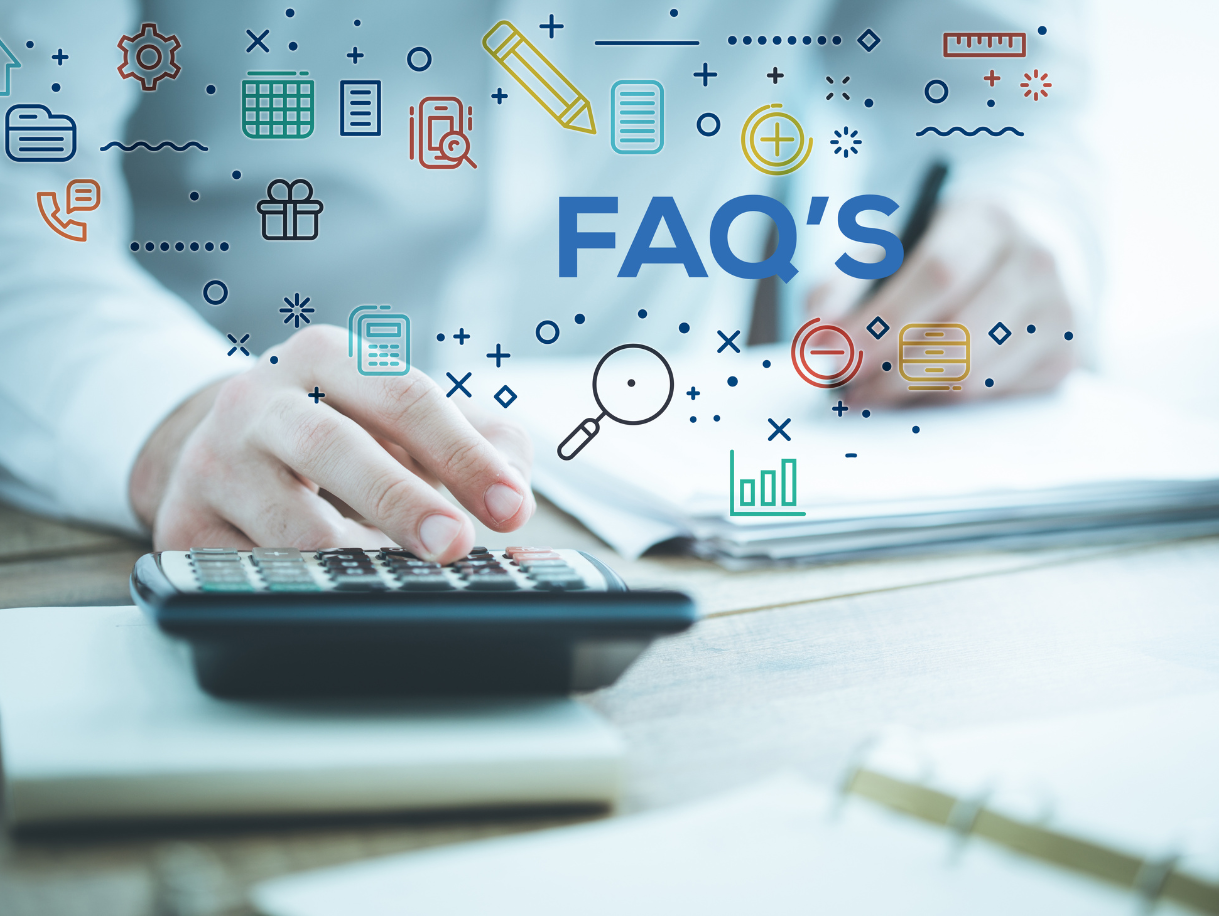
What is EPR for battery waste?
EPR for battery waste means extended producer responsibility of a producer for management of battery waste in such a manner as to protect human health and the environment against any adverse effect thatay result from any substance contained in waste Babatteries
Battery waWaste (ManagementRules 2022 cast obligation on producers through EPEPR,hich requires all waste batteries to be collected and sent for rerecycling and refurbishing,nd ititrohibits disposal in lalandfillsiand incineration.o meet the EPR obligation, a producer may engage themselves or authorize any other entity for the collection, recycling, or refurbishment of waste batteries.
*Recycling—Recycling means recycling battery materials such as lead, nickel, lithium, cobalt, plastic, rubber, glass, etc.
*Refurbishment—Refurbishment means repairing, reconditioning, or repurposing a used battery for its second life.
*Recycling—Recycling means recycling battery materials such as lead, nickel, lithium, cobalt, plastic, rubber, glass, etc.
*Refurbishment—Refurbishment means repairing, reconditioning, or repurposing a used battery for its second life.
What is the procedure to obtain the manufacturer lilicense
The term babattery wastencludes
- Used anand/or end-of-fe battery anand/or s components or spare orrts or consumables.(*Here enend-of-fe battery memeans onehat has been used, completed its intended use, and is not meant for refurbishment.)
- Pre-consumer off-spec Battery and its components or spares or parts or consumables,
- Battery whose date of appropriate use has expired
- Batteries that have been discarded by the user
What are the types of batteries as per the Batteries Waste (Management) Rules?
Battery waste (management) covers all types of batteries and is classified into four major categories.
- Automotive battery: It means any battery used only for automotive starter, lighting, or ignition power.
- Electrical Vehicle Battery: It means any battery specifically designed to provide traction to hybrid and electric vehicles for road transport.
- Industrial battery: It means any battery that has been designed for industrial uses, excluding portable batteries, electric vehicle batteries, and automotive batteries. These may include sealed batteries (excluding portable batteries), unsealed batteries (excluding automotive batteries), and energy storage system batteries.
- Portable battery: It means a battery that is sealed, less than five kilograms not made for industrial purposes, electrical vehicles, or to be used as an automotive battery.
Which type of batteries are covered under EPR obligation?
As per the Battery Waste (Management) Rules, under EPR obligation, all types of batteries have been covered irrespective of their chemistry, shape, volume, weight, material composition, and use.
Who is required to obtain EPR registration?
Every producer is required to obtain the EPR authorization from the Central Pollution Control Board (CPCB).
How much is the Application / Annual Processing Fee for EPR Registration for Battery Waste?
Procedure for Licence
| SL. No. | Annual Turnover | Application Fee |
|---|---|---|
| 1 | Less than ₹5 Crore | ₹10,000 |
| 2 | ₹5 Crore to ₹50 Crore | ₹20,000 |
| 3 | More than ₹50 Crore | ₹40,000 |
Who is the producer as per the Battery Waste (Management) Rule?
Producer means any Entity who engages in
- Manufacture and sale of batteries, including refurbished batteries, including in equipment, under its own brand or
- Sale of battery, including refurbished battery, including equipment under its own brand produced by other manufacturers or suppliers, or
- Import of batteries as well as equipment containing batteries.
What are the documents required for this certificate/license?
Following are the responsibilities of the producer as per the Battery Waste (Management) Rules:
- Producers shall have the obligation of extended producer responsibility for batteries that they introduce in the market to ensure the attainment of the recycling or refurbishing obligation.
- The producer shall meet the collection and recycling and/or refurbishment targets as mentioned in Schedule II for batteries made available in the market.
- The producer shall provide an extended producer responsibility plan in Form 1C to the Central Pollution Control Board by 30th June of every year for the battery manufactured in the preceding financial year.
- The producer shall file an annual return in Form 3 regarding the waste battery collected and recycled or refurbished towards fulfilling the obligation under extended producer responsibility with the CPCB and concerned state pollution control board in Form 3 by 30 June of the next financial year. The details of the registered recycler from whom the extended producer responsibility certificates have been procured shall also be provided.
Whether a producer may authorize any entity on its behalf to meet the obligation of EPR?
In order to meet the obligation of EPR, the producer may engage itself or authorize any other entity for the collection, recycling, or refurbishment of waste batteries. However, the obligation of meeting the EPR targets shall remain with the producer.
Whether there is any obligation for producers to use domestically recycled material in a new battery?
As per the Battery Waste (Management) Rules 2022, the producer shall have the obligation with respect to the minimum use of domestically recycled materials in new batteries. The assessment of the minimum use of recycled materials in the battery shall be in respect of the total dry weight of the battery. In the case of an imported battery, the producer shall have to meet the obligation of the minimum use by way of getting such quantity of recycled materials utilized by other businesses or by way of exporting such quantity of recycled materials.
Minimum Use of Recycled Materials in Batteries (by Dry Weight)
| SL. NO | Type of Battery | Minimum use of the recycled materials out of total dry weight of a Battery (In percentage) | |||
|---|---|---|---|---|---|
| 2027-28 | 2028-29 | 2029-30 | 2030-31 & Onwards | ||
| 1 | Portable | 5% | 10% | 15% | 20% |
| 2 | Electric Vehicle | 5% | 10% | 15% | 20% |
| New Targets (Automobile & Industrial) | 2024-25 | 2025-26 | 2026-27 | 2027-28 & Onwards | |
| 3 | Automobile | 35% | 35% | 40% | 40% |
| 4 | Industrial | 35% | 35% | 40% | 40% |

Need more help?
Feeling inquisitive? Have a read through some of our FAQs or contact our Supporters for help
Frequently asked questions
What are the labeling requirements on a battery by a producer?
As per Schedule I of the Plastic Waste (Management) Rules, 2022
- The producer shall ensure that all batteries or battery packs are appropriately marked with requisite labeling requirements as per standards prescribed by the Bureau of Indian Standards (BIS).
- All requisite labels and symbols shall be printed visibly, legibly, and indelibly.
- No person shall place on the market any battery or battery pack unless it is marked with the “crossed-out wheeled bin symbol” (covering at least 3% of the area of the largest side of the battery or battery pack, up to a maximum size of 5 cm × 5 cm). In the case of cylindrical cells, the crossed-out wheeled bin symbol shall cover at least 1.5% of the surface area of the battery or battery pack, up to a maximum size of 5 cm.
- Where the size of the battery or battery pack is such that the crossed-out wheeled bin symbol would be smaller than 0.5 cm, the battery or battery pack need not be marked, but a crossed-out wheeled bin symbol measuring at least 1 cm shall be printed on the packaging.
- No person shall place on the market a battery or a button cell containing mercury, cadmium, or lead unless it is marked with the respective chemical symbol “Hg”, “Cd”, or “Pb”. The symbol of the heavy metal shall:
-
1. Be printed beneath the crossed-out wheeled bin symbol
2. Cover an area of at least one-quarter the size of the crossed-out wheeled bin symbol.












